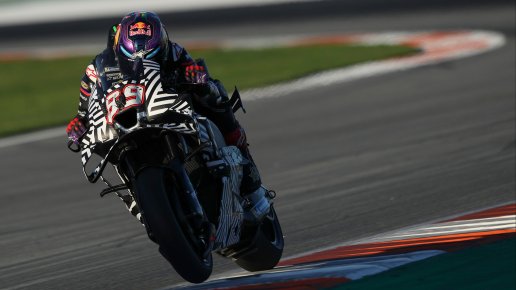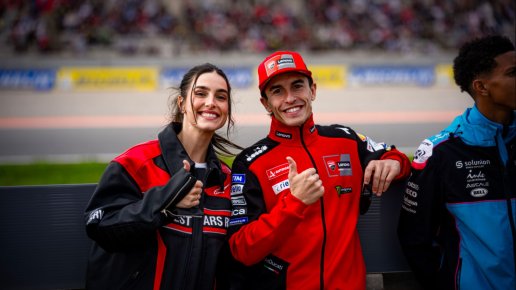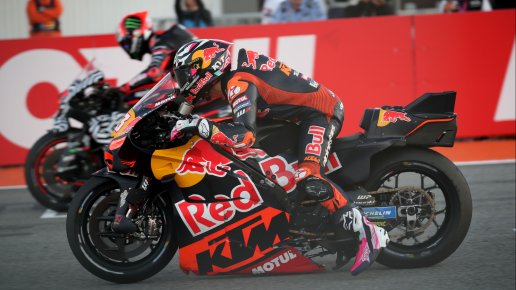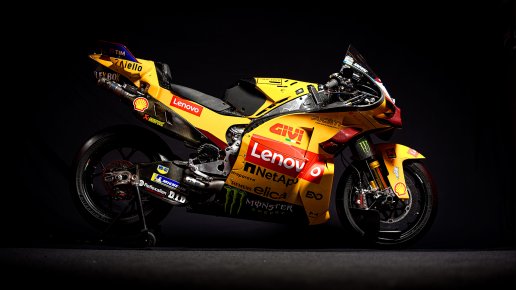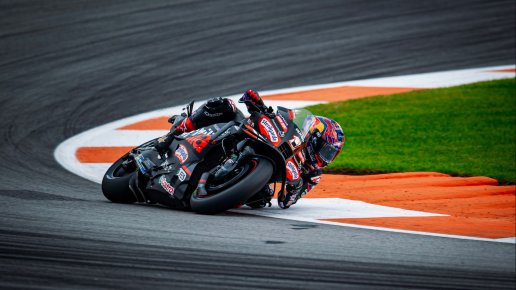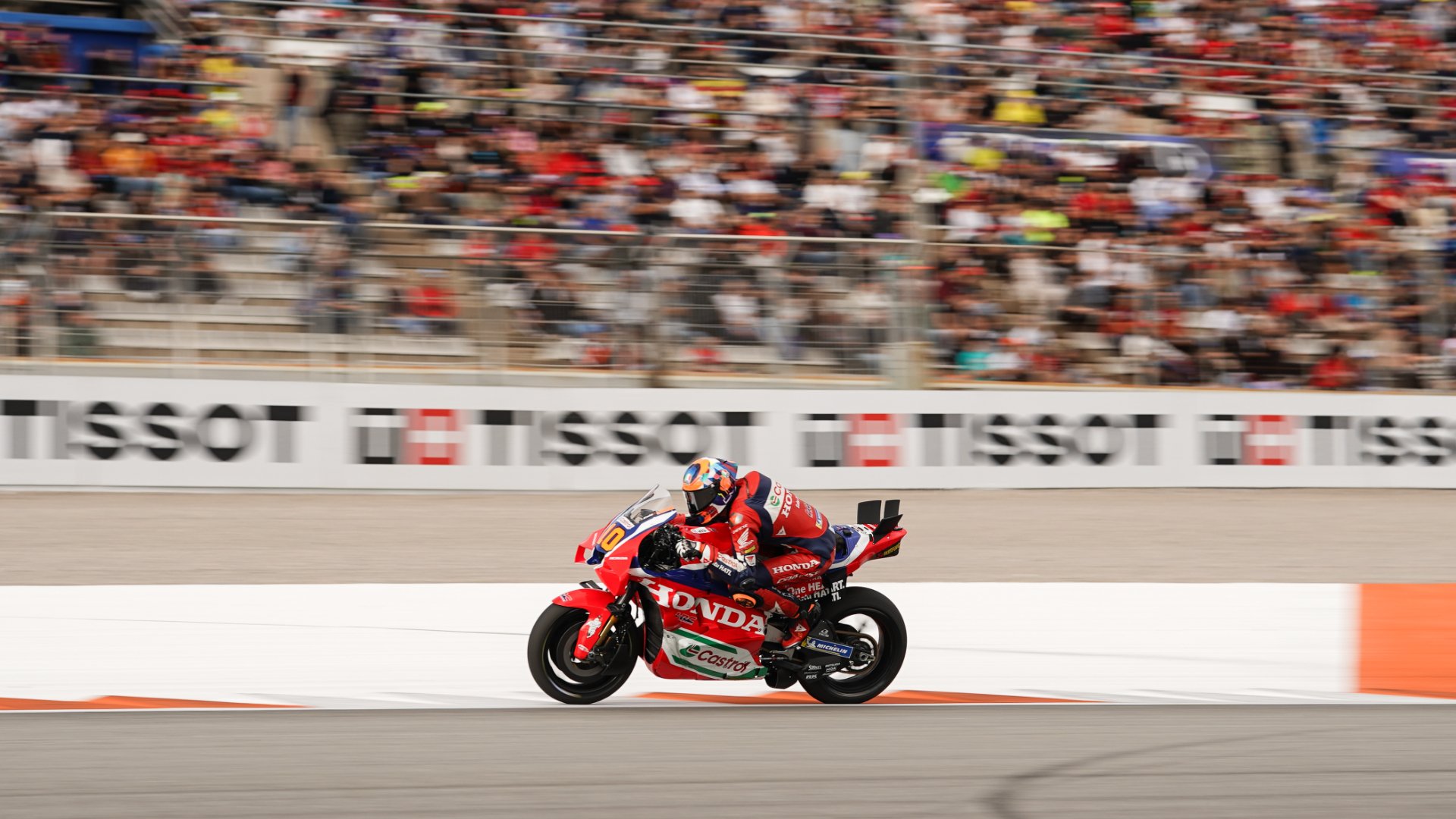
Photo: HRC Honda
Concession upgrade pushes Honda into stricter MotoGP rules for 2026

Honda will enter MotoGP’s engine freeze from the first race of 2026, bringing the Japanese brand in line with Ducati, Aprilia and KTM. The change comes after Honda improved its results enough to move out of the lowest concession group, meaning its 2026 engine will be locked in from the Thai Grand Prix as MotoGP prepares for the shift to 850cc machines.
F1 & MotoGP news to your inbox every day.
Honda will have to follow MotoGP engine freeze form the fits race of the 2026 seaons. Thhis chang eputs hodna in the sam eposiotin as ducait, APrlia and KTM. Those Euorpena manufacturers have alread ybeen udner a development freeze since early 2025. The freeze was intorduced because MtogP will move from 1000cc engine to new 850cc engine sin 2027, and the organisers want ot limit how muhc can still eb developer before that big change.
At first, Honda did not have to follow the freeze. The concession system, which gives extra technical freedom to struggling manufacturers, placed Honda in the lowest group because its results had been poor. Being in that group allowed Honda to develop the engine freely throughout the season and also allowed its race riders to take part in private testing. However, Honda improved its results this year and reached more than 35% of the maximum constructors’ points. Reaching this level moves Honda out of the lowest rank, and once that happens, the rules require the manufacturer to join the engine freeze.
The freeze does not apply immediately. Honda is still allowed to work on its 2026 engine during the winter and during all pre-season testing. This gives the company time to continue making improvements, something it has already been doing throughout 2025. The key moment comes at the 2026 Thai Grand Prix, which is the new date for engine homologation. At this event, Honda must choose one final engine design. From that moment onwards, Honda cannot change the internal parts or the performance character of the engine for the rest of the 2026 season. The only way the freeze could be lifted again is if Honda’s results fall sharply below the 35% mark during the next concession review, which takes place between the 2025 and 2026 summer breaks.
The change in concession rank also affects testing. Honda’s race riders will lose the right to take part in private test sessions, which are extremely valuable for collecting data and speeding up development. Only Honda’s official test riders will be allowed to ride the bike at private tests. There is one exception: Diogo Moreira, who joins LCR Honda as a rookie rider, will be able to take part in the Sepang Shakedown test in January. This is a rule that applies to all newcomers, regardless of their team’s concession status.
With Honda moving up, Yamaha becomes the only manufacturer left in the lowest concession rank. This gives Yamaha a very unusual advantage, as it will be the only company in the paddock allowed full freedom to continue making engine changes all the way through 2026. Yamaha also gains wider testing rights, more tyres for private tests, and the ability to use race riders during private testing sessions. This may help Yamaha catch up with its rivals, especially as it is switching to a new V4 engine layout.
Another important development is that manufacturers are finally allowed to start testing their future 850cc bikes. For a long time, all of them agreed not to test the new bikes in order to keep the playing field fair. That agreement expired on 17 November. This means that any team can now take its 850cc prototype onto the track. They can test privately using Pirelli tyres or take the new bikes to official MotoGP test sessions where Michelin tyres are used. The start of 850cc testing marks the beginning of the next big technological step for the sport.
Differences between the concession ranks remain significant. Manufacturers in the lowest rank receive more private-test tyres, can test at any circuit, and are allowed both race riders and test riders for these sessions. They also have more engines available across the season, can change the engine specification whenever they like, and are given two aerodynamic updates instead of one. Manufacturers in the next rank up face stricter rules: fewer tyres, testing limited to only three selected circuits, engine design frozen for the whole season, and only one aerodynamic update allowed. Ducati continues to be the only manufacturer in the top rank, which offers the fewest concessions because Ducati has been consistently strong.


